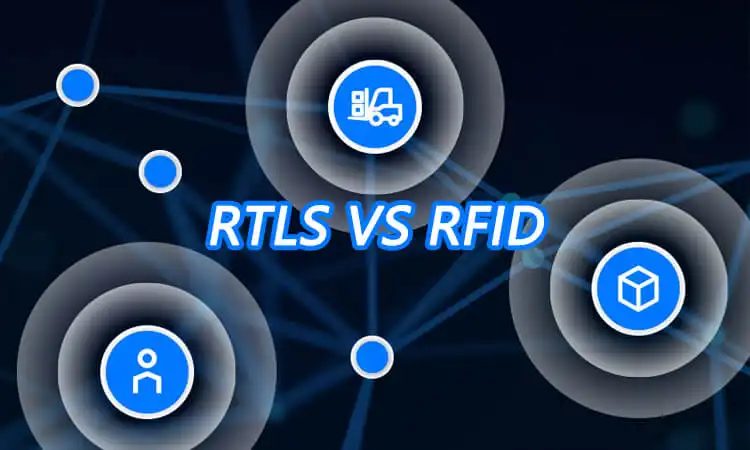Healthcare providers rely on asset tracking to ensure efficient operations. Two technologies that have gained popularity in recent years for this purpose are RFID and RTLS. Though terms are used interchangeably, technologies differ in unique features and value. This blog will explore the key differences between RFID and RTLS tracking. We’ll also provide insights into how each technology can help healthcare organizations streamline operations and improve patient care.
What is RFID Tracking?
RFID tracking uses RFID technology to identify and track objects or people. These tags have unique identifiers and can be attached to or embedded in objects. RFID is used in healthcare, retail, logistics, and manufacturing to manage inventory, assets, and personnel. Tags receive signals from readers, enabling item identification, location, and movement monitoring. RFID delivers continuous real-time visibility into inventory, equipment, staff, patients, and resources. Location and status are instantly available, empowering optimized management and enhanced operations.
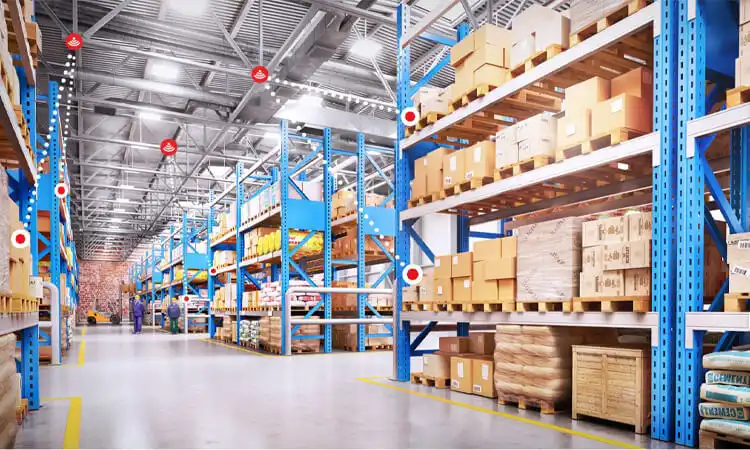
Related Articles: What is RFID Tracking and Where can It be Used?
What is RTLS Tracking?
RTLS stands for Real-Time Location System. It uses wireless technologies like Wi-Fi, Bluetooth, UWB, or RFID to track assets, people, and equipment in real-time. These determine location precisely and instantly. Location is pinpointed continuously with every move for optimized management, visibility, and response.
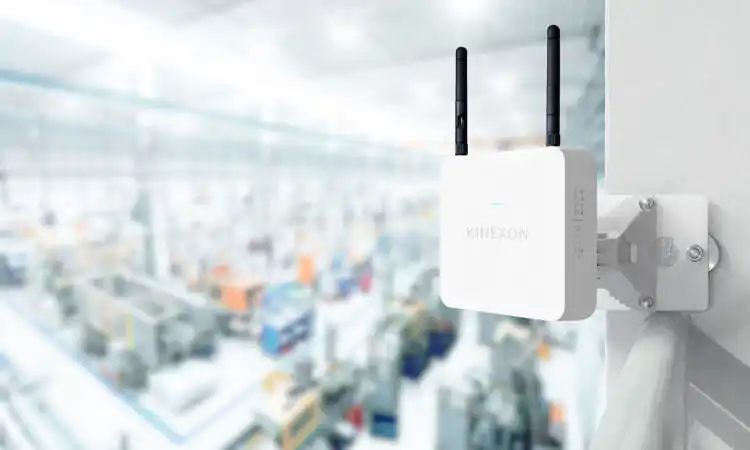
Related Articles: What are Real-Time Location Systems?
RTLS vs. RFID: Key Differences
While both RFID and RTLS technologies are used for asset tracking, they differ in their approach to delivering data. RFID uses radio frequency signals to read and identify tags attached to objects. At the same time, RTLS uses wireless triangulation to pinpoint real-time locations precisely. This section will highlight the key differences between these asset-tracking methods. This includes their consistency, accuracy, read range, and application.
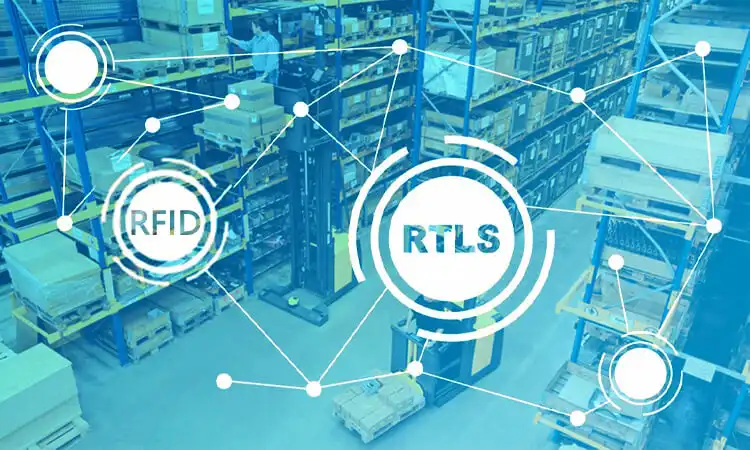
RTLS and RFID: Consistency
Consistency is an essential factor to consider when selecting between RFID and RTLS for asset tracking. RFID communicates with tags via RF signals to read unique IDs. At the same time, RTLS triangulates real-time locations using combined wireless signals. Method affects the consistency/reliability of each tag’s signal.
RTLS providers like CenTrak use BLE technology for simultaneous asset tracking, providing real-time location information. In contrast, RFID tags may encounter signal loss or interference, delaying asset tracking. While RFID offers almost real-time data, its lack of consistency is a concern in healthcare. Quick access to equipment or supplies is critical. RTLS providers offer consistent and accurate location information for real-time asset tracking.
RTLS vs RFID: Accuracy
RTLS provides the ultra-precise location with medical-grade accuracy. Integrating complementary technologies overcomes single-method limitations. Medical accuracy and continuity across methods deliver comprehensive real-time visibility. The challenges of limited read range, line of sight needs, or inconsistent signals were eliminated.
RFID tracking pinpoints locations indirectly using RF proximity to antennas. Tags are located approximately via triangulation of position relative to nearby readers. RFID positioning estimated, not exact.
Moreover, an open, clear line of sight is needed for RFID signals to transmit location data. Barriers block/weaken signals, corrupting information on which management/response depends.
RTLS remedies these shortcomings through a fusion of technologies. This includes real-time locating system sensors, Wi-Fi signals, motion tracking algorithms, and readable tags. This multi-modal approach delivers sub-centimeter precision, 100% accountability, and zero loss of visibility, even in complex facilities with many wireless networks and metal structures.
RFID and RTLS: Read Range
RTLS achieves unmatched read ranges. It provides comprehensive coverage of large, complex facilities and campuses. RTLS tags and sensors work through walls and obstructions. They eliminate blind spots and enable tracking across any contiguous space.
In contrast, RFID read ranges are limited by line of sight needs and RF propagation. Tags must typically be close to readers, spanning a single wing or unit. Short-range reads cannot penetrate barriers, compromising visibility across hallways, elevators, or between buildings. RFID read ranges are sharply limited and unable to provide comprehensive coverage.
While RFID tags may not have the same long-range reads as RTLS, they are still useful for asset tracking in healthcare systems. RFID tags can track the location and movement of assets within a particular area or room. They provide real-time data on equipment and supply availability and location. This can be especially useful in clinical settings where assets may be frequently relocated or shared among many patients.
RTLS vs RFID: Application
RFID and RTLS valuable for asset tracking, strengths tailored to distinct hospital needs. RFID badges ideal for secure touchless access. They monitor personnel location moving between areas. RFID inventory applications suit mobile readers enabling quick accurate counts. Time/errors saved through optimized management responses.
RTLS tracking is particularly useful in healthcare settings’ high-value, time-sensitive tracking needs. For instance, RTLS technology can help trace contact in hospitals and healthcare systems. It identifies and isolates infection risks in real-time. RTLS tracking provides immediate and precise location data. It can help healthcare providers quickly respond to potential outbreaks and prevent the spread of infectious diseases.
Both RFID and RTLS technologies offer unique benefits in a hospital setting. RFID is optimal for access control, efficient inventory counts, and waste/cost reduction. RTLS suited for high-value, time-sensitive needs like contact tracing.
Benefits of RFID Tracking
Here are the key benefits of RFID tracking for healthcare:
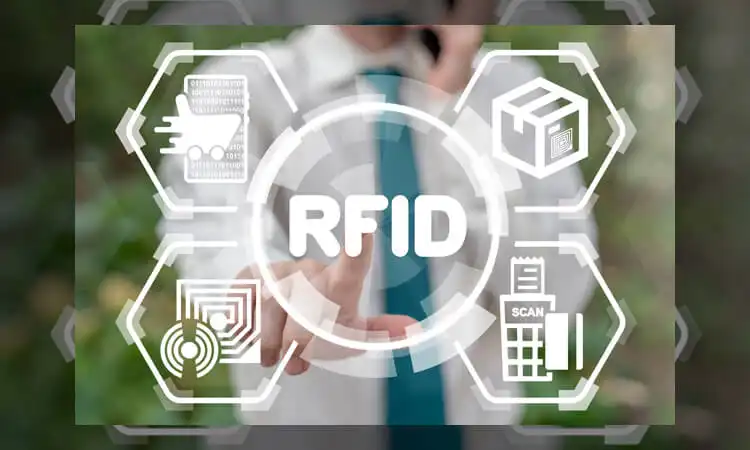
Tracking Movements
RFID provides data on the movements of tagged objects/people within a large area. It offers the approximate location of tagged items and people. RFID tracking monitors staff movements and ensures adherence to protocols/procedures. Efficiency improves, errors reduce, and safety enhances as a result. RFID optimizes workflows, identifies bottlenecks/inefficiencies, and improves overall operations. Movement data enables analysis, redesign, and optimization of processes.
Discreet labeling
RFID offers a variety of tag sizes, including the smallest comparable to a grain of rice. Versatility allows tracking a range of items without compromising functionality. The smallest tag size of a rice grain enables tracking large equipment and small medical devices. Functionality is preserved across items as tags scaled for whatever is tracked.
RFID tags are discreet and useful for limited space and tracking small hospital items. Tags attach to medications/devices, providing real-time location/usage data. Data optimizes inventory management, reduces waste, and improves patient care. Real-time insight into small items enhances supply chain visibility and management.
RFID tags monitor the location and movement of high-value items like surgical instruments. It always ensured the right place at the right time, improved efficiency, and reduced lost/misplaced risks. Continuous tracking ensures resources are spent where/when needed, avoiding waste from searching/replacement.
Security Applications
RFID tracking is widely used for hospital security. Tracking Tags grant access to staff requiring entry to restricted areas. Hospitals maintain a secure facility with touchless floor access using RFID badges. They allow authorized personnel to access specific wings and halls while tracking their location. This provides an additional security layer and prevents unauthorized access. It protects patient privacy and ensures staff and visitor safety. Personnel/equipment movement is continuous. They reduce risks, optimize processes and improve compliance through real-time visibility.
In addition to security applications, RFID tracking can be used to improve hospital patient safety. RFID tags can be attached to patient wristbands and medical supplies. It provides real-time data on medication and treatment administration. This can help prevent medication errors, ensure patients receive the correct treatment, and improve patient outcomes.
Optimized Inventory Management
RFID technology is popular for hospital inventory management. It enables efficiency, accuracy, stock control, and automatic reordering. Hospitals attach RFID tags to medical supplies, equipment, and pharmaceuticals. Mobile RFID readers are cost-effective and allow quick, accurate inventory with handheld hardware. They track the location and usage of tagged supplies, equipment, and pharmaceuticals. RFID tags provide real-time insight into inventory levels. Accurate counts reduce risks of stockouts and overstocking while enabling automated reordering.
Moreover, RFID helps reduce waste by tracking expirations and identifying unnecessary items. Financial and environmental benefits gained from judicious supply purchasing/use. Responsiveness, accuracy, and optimized management improve. Inventory gains precision, costs lower, and waste diminishes while quality/service lifts.
RTLS Asset Tracking Benefits
Real-time location system asset tracking offers several benefits in healthcare settings. Here are some of the key advantages:
Unmatched Precision
RTLS asset tracking is a highly precise technology well-suited for healthcare settings. The technology combines complementary software solutions to deliver clinical-grade precision that meets the high demands of healthcare systems. RTLS asset tracking results are safe, reliable, fast, and exact. This makes it an ideal tool for organizations needing to track valuable assets.
RTLS achieves precise asset tracking through sensors, readers, and algorithms. They provide real-time visibility into the location and movement of tagged equipment. This allows healthcare providers to locate critical supplies swiftly when needed. They can quickly retrieve items, improving patient outcomes and cutting costs.
Labels do not Need to be Visible
Unlike other technologies, RTLS doesn’t require line of sight for precision tracking. Assets tracked, even blocked, or concealed in any way. Comprehensive visibility delivered. RTLS provides real-time insight into equipment/supply whereabouts. Retrieval rapidly whenever/wherever needed. Healthcare gains continuous control.
Track Critical KPIs
RTLS healthcare tracking systems provide data-driven insights. It enables hospitals to optimize key processes and metrics.
RTLS technology tracks assets, staff, and patients to measure vital key performance indicators (KPIs) in hospitals. It provides data enabling data-driven decisions that transform operations and experiences.
- Asset use. RTLS measures asset use by monitoring how often different equipment and resources are used. It identifies underused assets and opportunities to redistribute them, improving efficiency.
- Task completion times. RTLS determines task completion times by measuring the duration of key procedures and workflows. Faster completion times can speed overall processes, enhancing staff productivity.
- Patient journey. RTLS gains visibility into a patient’s journey through the facility using their movement data. Shorter wait times and handoffs between departments result in optimizing the experience.
- Out-of-stock rates. RTLS minimizes out-of-stock rates by providing real-time insight into equipment and supply location.Critical assets stay in stock and available, reducing search times and costs.
With deeper KPI insights, hospitals can make impactful changes. They accelerate key workflows, optimize resource use, cut waste and boost quality, efficiency, and financial performance.
Waste Reduction
Missing or misplaced equipment wastes time and resources in hospitals. One study found nurses spend over 6,000 hours monthly searching for lost equipment. RTLS precision tracking cuts waste from misplaced/lost equipment nearly entirely. It provides real-time visibility and precision in monitoring assets. It optimizes operations by streamlining the retrieval of critical supplies and equipment. Lower costs and hassles result from reduced searching time and frequency. With RTLS, hospitals reclaim time/resources wasted previously on misplaced equipment searches. They enhance efficiency, reduce costs and improve financial performance as a result.
RTLS vs RFID offers unique advantages for healthcare asset tracking. RTLS optimizes care through quick response to each patient’s need. RFID enhances visibility and control and optimizes spending across larger operational scopes. Scalability and applicability in different use cases for unique advantages deliver. RTLS ensures timely treatment, and RFID cost-effectively expands management reach. Together, they reduce costs, boost efficiency and optimize performance, standards, safety, and quality.
Related Articles: 2023 The Latest Benefits of RFID in Healthcare
About RTLS vs RFID FAQs
-
What are the key differences between RTLS and RFID technology?
RTLS and RFID technology differ in their approach to asset tracking. RTLS delivers real-time visibility and precision. RFID uses RF waves to identify and track assets.
-
How can hospitals leverage RTLS technology to improve patient outcomes and operational efficiency?
RTLS provides real-time insight into critical resources, enabling rapid response whenever/wherever needed. Quality care accelerated, waste reduced and financials boosted across operations. Patient outcomes and efficiency gain through reduced waiting/searching for essential supplies. Continuous visibility and management of each equipment/supply tag delivered.
-
What are some advantages of RFID technology for tracking medical supplies and medication?
RFID technology is a cost-effective solution for tracking high-volume, low-cost items like medical supplies and medication. RFID tags can be attached to these items, enabling hospitals to track their movement and usage throughout the facility.


